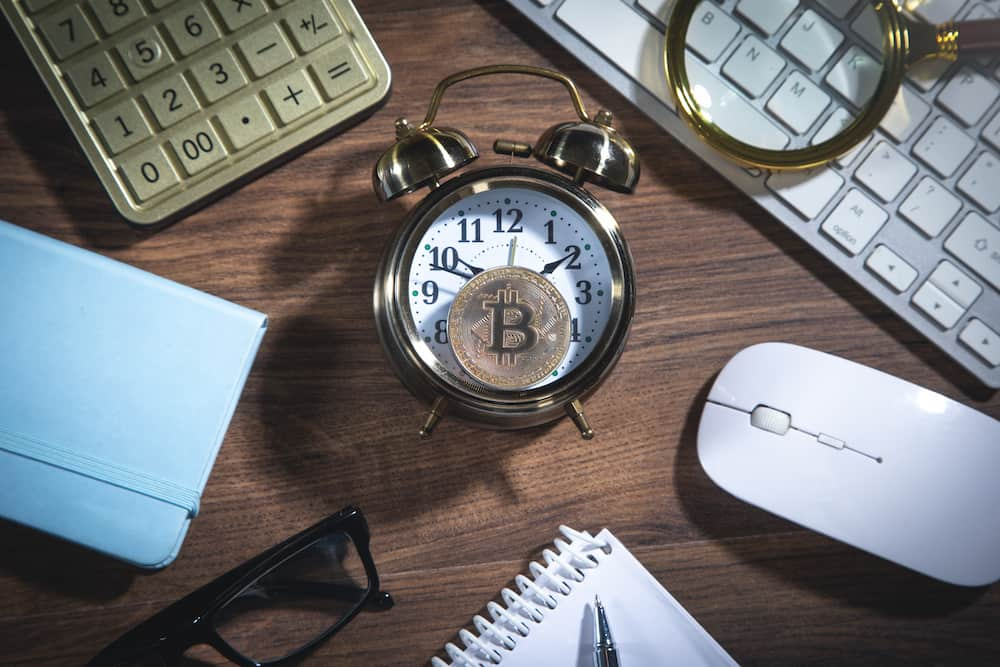In the world of money, the physical banks everyone understands have gradually moved to the background. At the same time, they are being successfully replaced by apps and other services. In this situation, we will discuss what DeFi is, how it works, what risks are associated with its use, and whether they can be minimized. As an expert in the world of fintech and digital business, Fintech Harbor Consulting LTD specializes in matters relating to virtual asset transactions. It is worth working with the law to learn how decentralized finance works.

How DeFi Works: An In-Depth Look
Realizing the principles of how DeFi works is easy. It’s a world where money works without banking institutions or additional intermediaries. The foundation is blockchain. Therefore, everything is fast, secure, and as transparent as possible.
To understand the DeFi meaning and interact with its applications, users need a secure way to manage their digital assets.This is where DeFi wallets come in.
What Is a DeFi Wallet?
It is crucial to know what a DeFi wallet is when it comes to managing digital assets.
DeFi wallets are essential for managing assets in decentralized finance. Unlike traditional wallets, they store digital assets and provide secure access to decentralized applications (DApps). Users can choose between software wallets (MetaMask, Trust Wallet) and hardware wallets (Ledger, Trezor) for higher security. Ensuring proper security settings like two-factor authentication (2FA) and backup phrases is crucial to prevent unauthorized access.
The main risks and ways to minimize them
Despite the many positive properties, there are certain DeFi risks that users should be aware of to protect their assets. Some of the most common risks include:
- Smart contract vulnerabilities – If there is a mistake in the code, it can be exploited, leading to financial losses.
- Market volatility – The value of crypto assets fluctuates constantly, making DeFi investments unpredictable.
- Regulatory uncertainty – Many countries lack clear regulations for decentralized finance, which creates legal and compliance risks.
- Security threats – Faulty code and unaudited contracts can result in major losses. A notable example is the 2022 Ronin Network attack, where hackers exploited security gaps to steal over $600 million.
How to Mitigate Risks
To minimize risks while using DeFi, consider the following strategies:
- Use trusted platforms – Stick to well-known services like PancakeSwap, Curve, and Compound to reduce the risk of scams.
- Diversify platforms – Don’t rely on a single platform. Choose multiple platforms that support the same coins/tokens as a backup.
- Set up risk management tools – Utilize limit orders and stop-loss orders to protect against market fluctuations.
- Prioritize security – Always verify smart contracts and enable two-factor authentication (2FA) for additional protection.

Defi Regulation: Challenges, Compliance, and Future Trends
As the industry grows, there is a need for regulation of DeFi that can address all the issues that arise in the new financial ecosystem. At the moment, most regulators do not have a clear framework. This has created a space that is filled with uncertainty. Let’s look at several countries and their regulatory policies:
- The USA. The United States still struggles to create a regulatory framework for decentralized finance companies. Major legislative efforts and negotiations have failed, and authorities prefer the “regulation by coercion” approach.
- EU. It is currently developing a bill to regulate the market for crypto assets (MiCA). It aims to create a comprehensive legal framework for regulating crypto assets in the EU.
- Asia. In this case, we mean Singapore, Hong Kong, and Japan. They are taking a more proactive approach to creating a regulatory framework for virtual asset service providers (VASPs). They do not have a single bill, they decided to limit themselves to recommendations on certain DeFi elements. For example, in Japan, Circle has partnered with Japanese securities firm SBI Holdings to push the adoption of its USDC stablecoin, while Hong Kong and Singapore are licensing different VASPs to do business in a specific region.
As for future trends, the main challenge for regulators will be to balance the need to stimulate innovation with the need to create a high level of security and financial stability.
The DeFi Ecosystem: How It Works and Key Industry Players
The DeFi ecosystem is based on several main components:
- blockchain technology;
- smart contracts;
- decentralized financial protocols that eliminate traditional intermediaries.
Its main goal is to create a decentralized, open, and transparent financial system that can operate without the use of an intermediary.
Users interact with DeFi protocols through special decentralized applications (dApps). These are blockchain-based platforms that provide financial services such as lending, trading, and staking without relying on a central authority.
Earning on DeFi platforms involves several strategies:
- Lending – the user gives funds to another participant under collateral managed by a smart contract of the platform, for example, Compound or Aave, in return the lender is given interest;
- liquidity mining – users deposit crypto assets into liquidity pools on decentralized exchanges like Uniswap or PancakeSwap. In return, they earn rewards in the form of trading fees and governance tokens;
- combined staking and farming – the client can stake crypto assets, receiving interest for this, and also issuing them at the same time as collateral. DeFi has led to the rise of major decentralized exchanges (DEXs) and financial platforms. Some of the most prominent DeFi protocols include Uniswap, PancakeSwap, Balancer, Curve Finance, and dYdX, which facilitate decentralized trading, lending, and yield farming.
FAQs
How does DeFi work?
In simple terms, it is a virtual analog of the well-known credit and financial sector. But in this case, all financial services are provided by special services and applications.
What are the examples of DeFi?
It includes various currencies: CAKE, GNO, PENDLE, 1INCH, and others.
What are the common risks?
It is the lack of sensible regulation and constant variability in the value of coins and others.











